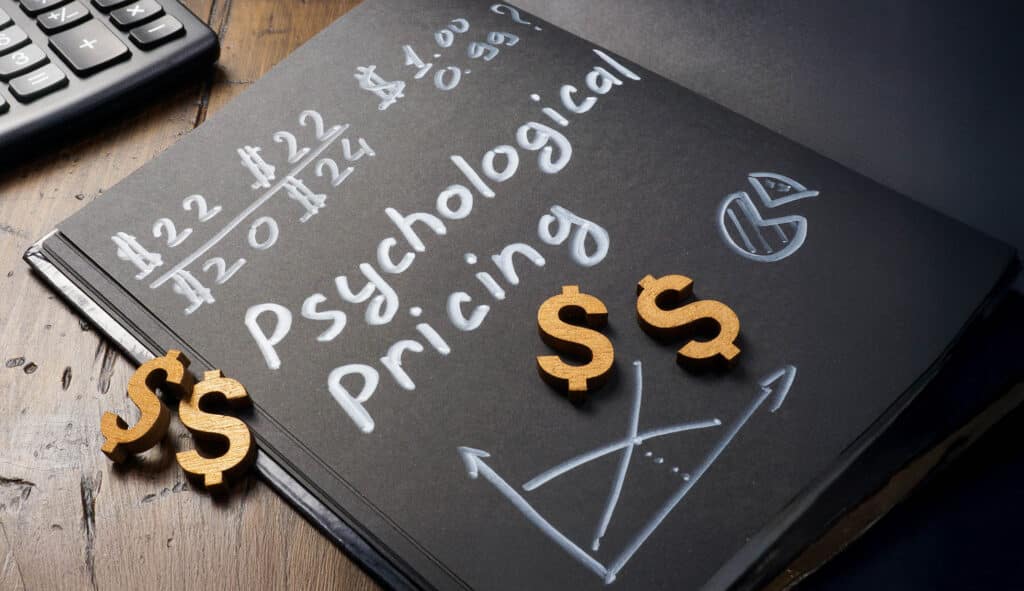Part 2 of eviivo’s Smart Pricing Series
Forecasting Made Simple
Every thriving property manager knows that effective pricing begins with identifying when people want to stay.
Whether you run a boutique hotel, vacation rentals, or serviced apartments, understanding occupancy trends helps you make smarter rate decisions.
In this second edition of our Smart Pricing series, we’ll explain how to forecast demand using your own Property Management System (PMS) data – and how PMS tools like eviivo Suite’s Performance Manager can turn simple reports into revenue-boosting insights.
What is occupancy forecasting?
Definition:
Occupancy forecasting is the process of estimating how full your accommodation will be over an upcoming period, based on past and current booking data.
Why it matters:
Accurate forecasts help you:
- Anticipate high- and low-demand periods
- Adjust rates and set up promotions in advance
- Plan staffing, cleaning, and stock levels
- Improve cash-flow visibility
Step 1: Analyze your historical data
A strong PMS should provide you with a goldmine of valuable data.
Start by reviewing:
- Past occupancy rates (monthly, quarterly, yearly)
- Average Daily Rate (ADR) and RevPAR over time
- Booking windows and length of stay patterns
- Changes in demand and what caused them (e.g. local events)
In eviivo Suite’s Performance Manager, these trends appear in clear visual formats, including charts and a Key Figures dashboard. This makes it easy to spot recurring peaks (e.g. summer holidays, Christmas markets) and dips (e.g. post-New Year lull).
Tip: Look at least two years back to identify recurring demand cycles in your region.
Step 2: Identify seasonal and regional demand drivers
No two locations are identical. Forecasting effectively involves understanding what drives travel where your accommodation is based.
For example:
- Leisure destinations → demand driven by weather, school holidays, festivals
- Urban or corporate stays → demand driven by trade shows, conferences, weekdays
- Hybrid markets → demand driven by mix of business and leisure demand
Use eviivo Suite’s pricing calendar view to log local events and note how each affects booking volume. Over time, this builds a “demand map” that’s specific to your area.
Step 3: Segment your occupancy data
Different guests behave differently depending on how, what, and when they booked. Therefore, separate your forecasts by:
- Channel (Direct, OTAs, corporate)
- Room type or property type
- Booking lead time
This segmentation helps you see where to push promotions or raise rates. For example:
- OTAs may fill rooms early for major events.
- Direct bookings may dominate last-minute weekend bookings.
Step 4: Build a simple forecast model
Here’s an easy framework:
Forecast Occupancy % = (Historical Occupancy Rate ± Trend Adjustments)
- Start with your average occupancy from the same period last year.
- Adjust upward if this year’s demand looks to be higher (e.g. earlier bookings, more local events).
- Adjust downward for slower enquiry periods.
Example:
Last July = 85% occupancy → Add +5% for earlier bookings this year → Forecast = 90%.
Use eviivo Suite’s Performance Manager to compare multiple years automatically, overlaying new reservation data on historical baselines.
Step 5: Combine forecasts with dynamic pricing
Forecasting alone isn’t foolproof. To ensure you take advantage of any unanticipated changes in demand, pair your forecasts with automated rate adjustments.
eviivo Suite’s Promo Manager lets you set rules to automatically:
- Increase prices when occupancy surpasses a chosen threshold (e.g. 80%)
- Lower prices when occupancy drops to stimulate bookings
- Close short-stay rate plans when longer bookings are preferred
- Close your inventory on OTAs to drive commission-free direct bookings
With this approach – known as dynamic pricing – your forecasting is supported by tools that reflect real-time fluctuations, helping drive profit consistently.
Step 6: Monitor and refine
Forecasts should evolve over time. Review them frequently to compare expected vs. actual occupancy.
Ask yourself:
- Did you fill up sooner or later than expected?
- Did certain booking channels over- or under-perform?
- Were there spikes in demand that can be traced to new regional events?
Feed these insights back into your PMS. The more you iterate, the more accurate your forecasting model becomes.
Common forecasting mistakes to avoid
- Relying only on last year’s data without adjusting for market changes
- Ignoring booking window trends
- Setting rates reactively instead of proactively
- Overlooking regional events
Smart tip: Access recurring reports in eviivo Suite™ so data analysis happens before you need it.
Quick formula recap
- Occupancy Rate = (Room Nights Sold ÷ Available Room Nights) × 100
- Forecast Occupancy = Historical Occupancy ± Demand Adjustments
- Revenue Forecast = Units × Days × ADR × Forecast Occupancy Rate
Use these to plan your next quarter – and revisit them before every new season.
Ready to take your forecasting further?
Download our Pricing Strategy guide for the full list of essential metrics from Part 1 of this series, plus more insights to help improve your forecasts.
Coming Up Next in the Smart Pricing Series
- Dynamic Pricing 101: How to Simplify Rate Changes and Boost Revenue
- How to Use Promotions and Packages to Drive Direct Bookings
- The Psychology of Pricing: Why Guests Say Yes (or No)
- …and more


